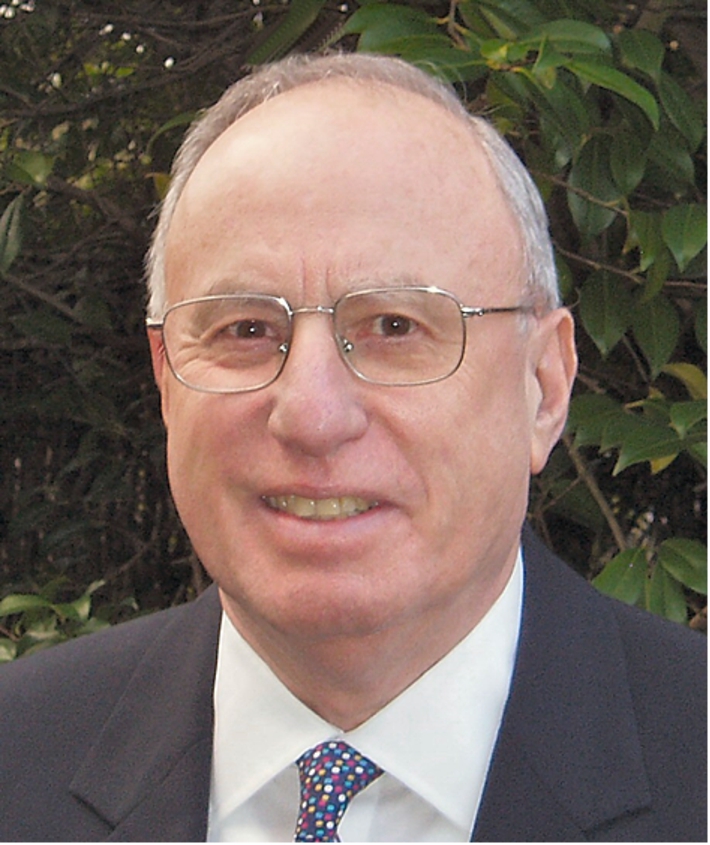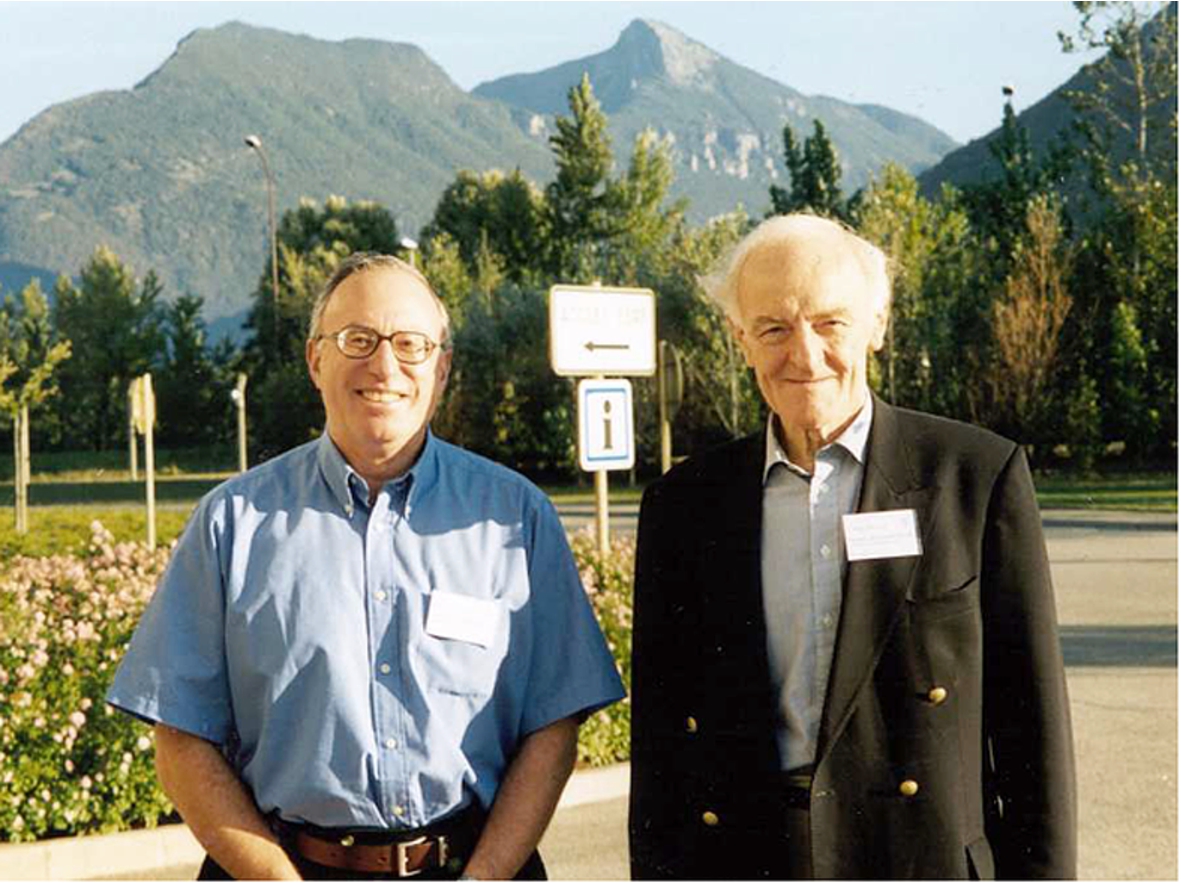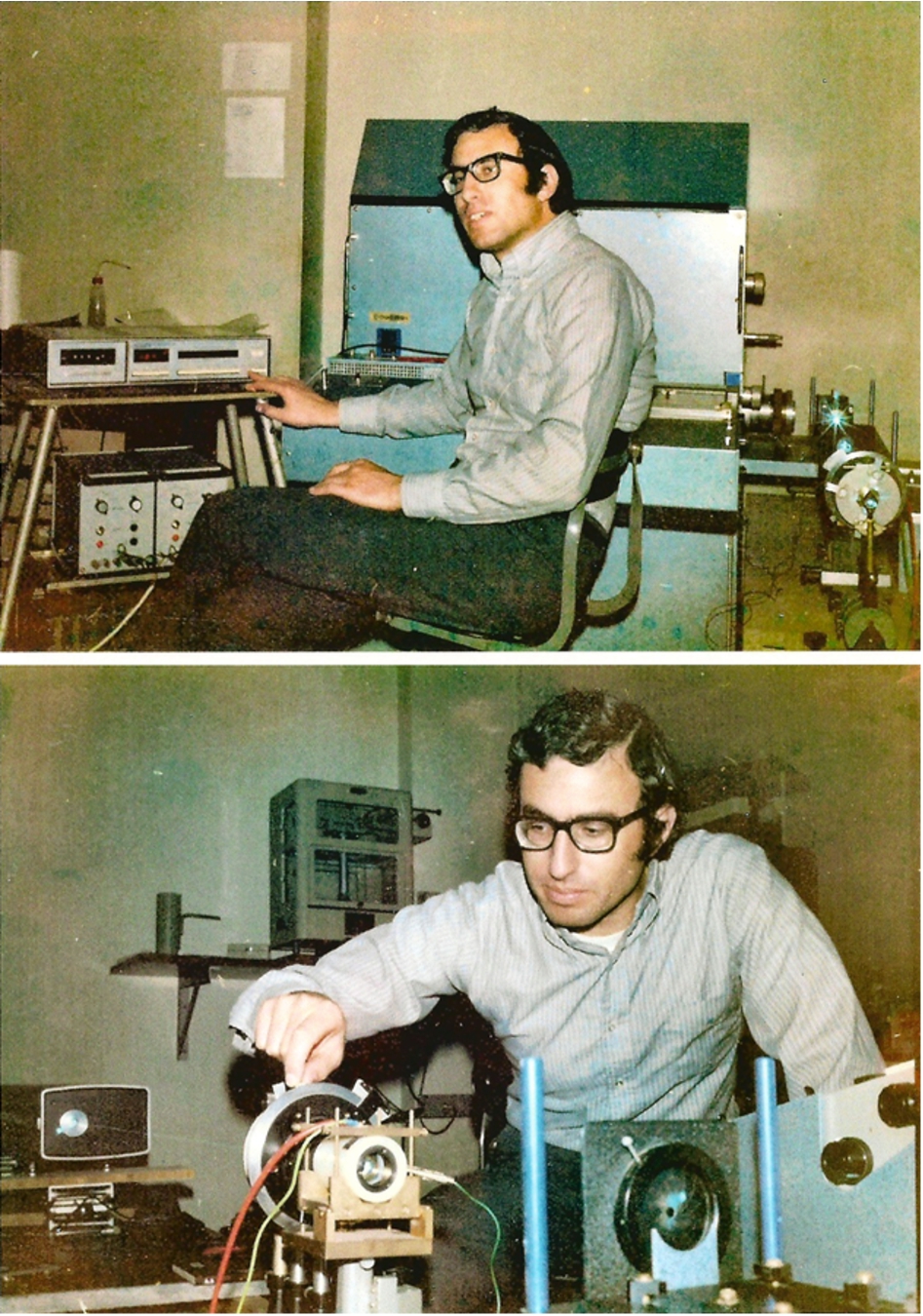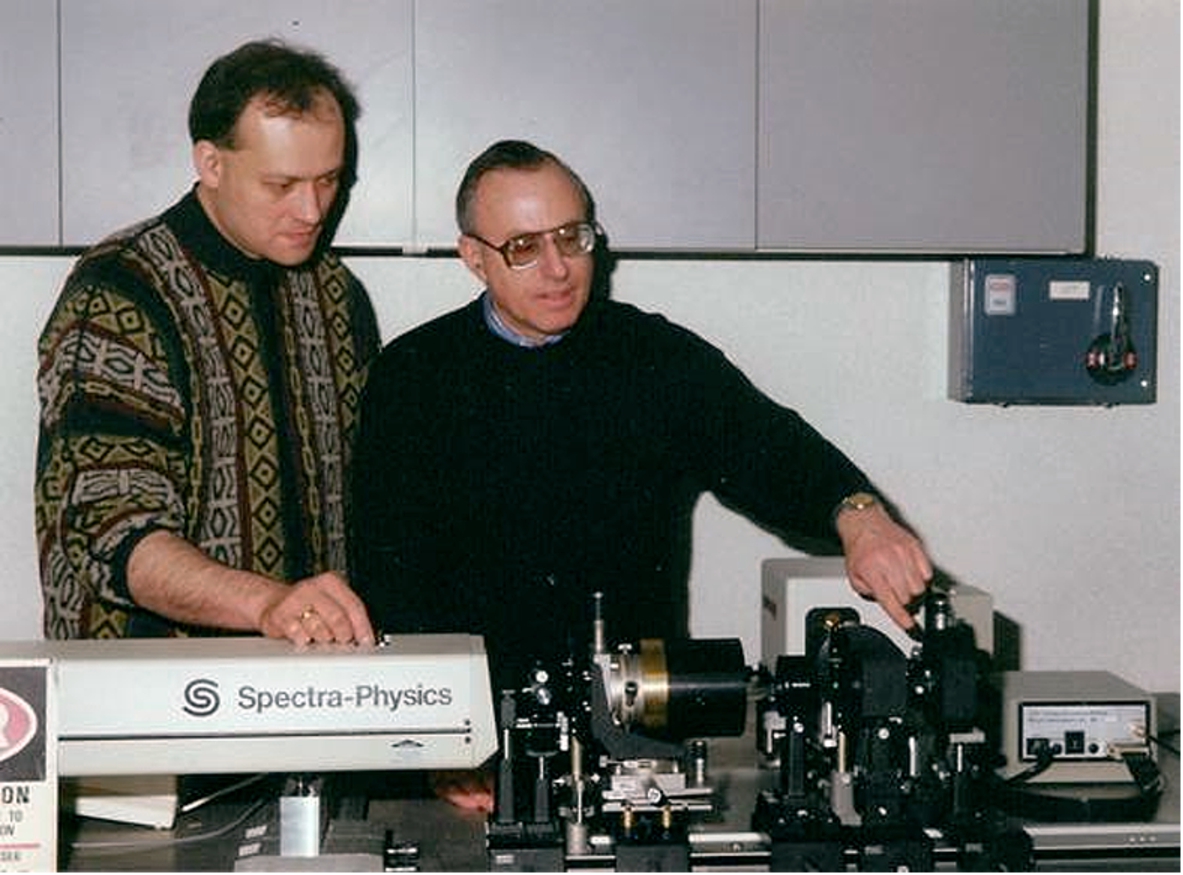Laurence Barron: The founding father of Raman optical activity
Fig. 1.
Laurence D. Barron.

Laurence D. Barron (Fig. 1) was born in Southampton (United Kingdom) in 1944. He studied Chemistry at the Northern Polytechnic and graduated with a first class honours degree from London University (internal) in 1965. He went on to study for his doctoral degree at Lincoln College (Oxford University) under the supervision of Prof. Peter W. Atkins. At Oxford, he discovered a new fundamental light scattering mechanism from chiral molecules from which he predicted the new phenomena of Rayleigh and Raman optical activity (ROA). After completion of his PhD in 1969, Laurence moved to Cambridge University to work with David Buckingham (Fig. 2) where they developed the definitive theory of ROA in 1971 [4] and utilised this phenomenon to obtain vibrational optical activity spectra of chiral molecules through the use of circularly polarised Raman spectroscopy [3]. Laurence left Cambridge in 1975 to become a lecturer at the Department of Chemistry at Glasgow University. He is currently the Emeritus Gardiner Professor of Chemistry at Glasgow. In recognition of his outstanding contribution in our understanding of the electric, magnetic and optical properties of molecules, including the development of ROA, Laurence was elected as a Fellow of the Royal Society in 2005.
Fig. 2.
Laurence Barron with David Buckingham at a Workshop held in ESRF, Grenoble, France (September 2000).

Fig. 3.
Laurence Barron with the first home-built ROA instrument at Cambridge University (1972).

Fig. 4.
Laurence Barron with his colleague, Lutz Hecht, with their home-built biomolecular ROA instrument at Glasgow University (early 1990s).

Laurence not only discovered ROA but he also used the technique to analyse a wide array of samples. Ever since his time in Cambridge, Laurence developed a series of home-built ROA instruments (Fig. 3) for analysis of chiral molecules. Since 1988, he and Lutz Hecht developed a home-built ROA instrument for the study of biomolecules (Fig. 4) in Glasgow University. He did not directly benefit financially from his discovery of ROA or the development of the instrument. However, others have utilised his findings to produce commercial instruments that enable the measurement of ROA. For example, BioTools have produced an instrument which makes it very easy to record ROA spectra. The commercialisation of the instrument has made the technique more accessible to the wider scientific community. This will help speed up the development of the technique and its utilisation in structural analysis of molecules. Considering these facts, Laurence has undoubtedly contributed significantly in the intellectual and economic development of society. Some of the research carried out using his technique could help in the treatment major diseases including Alzheimer’s disease and cancer.
Laurence is not only an innovator and a highly active researcher but he has also educated many scientists during his scientific career. Some of the scientists he trained are established scientists who are engaged in cutting-edge research and they continue to apply and develop ROA to probe molecular structures.
Laurence is a highly active and enthusiastic scientist whose contributions in the field of spectroscopy are widely appreciated by the scientific community in the United Kingdom and around the world. I have known Laurence for many years and I have found him to be a sincere and dedicated scientist who is willing to sacrifice his time and energy in the service of science. When I invited him to present a lecture at a conference, which I was chairing, he did not hesitate to accept my invitation. He also kindly produced an article for inclusion in the conference proceedings which I edited [2]. More recently, he accepted my request to produce an article providing his personal perspectives regarding the development of ROA. This interesting and insightful article has been published in this issue of Biomedical Spectroscopy and Imaging [1]. Laurence has been tirelessly promoting ROA and highlighting its usefulness to the wider scientific community. This is particularly valuable, since many innovators either did not get the chance to do this or deliberately avoided doing this for one reason or another.
For over four decades, Laurence has been developing ROA for diverse applications. It is now possible to use ROA to analyse complex biological systems, ranging from small and large biomolecules to intact viruses, in aqueous media [2]. The technique can often provide information that cannot be readily obtained using powerful techniques such as X-ray crystallography and NMR spectroscopy. Like any other technique, ROA has its limitations and much work needs to be done before its full potential can be realised. However, it is an undeniable fact that Laurence Barron is the founding father of Raman optical activity who has provided the scientific community with a new approach for probing the structure of molecules and living organisms in aqueous media. Let us hope he continues to contribute in this field for many more years to come.
References
1 | [[1]] L.D. Barron, The development of biomolecular Raman optical activity spectroscopy, Biomedical Spectroscopy and Imaging. 4: (3) ((2015) ), 223–253. |
2 | [[2]] L.D. Barron, E.W. Blanch, I.H. McColl, C.D. Syme, L. Hecht and K. Nielsen, Structure and behaviour of proteins, nucleic acids and viruses from vibrational Raman optical activity, Journal of Spectroscopy 17: (2,3) ((2003) ), 101–126. |
3 | [[3]] L.D. Barron, M.P. Bogaard and A.D. Buckingham, Raman scattering of circularly polarized light by optically active molecules, J. Am. Chem. Soc. 95: ((1973) ), 603–605. |
4 | [[4]] L.D. Barron and A.D. Buckingham, Rayleigh and Raman scattering from optically active molecules, Mol. Phys. 20: ((1971) ), 1111–1119. |




